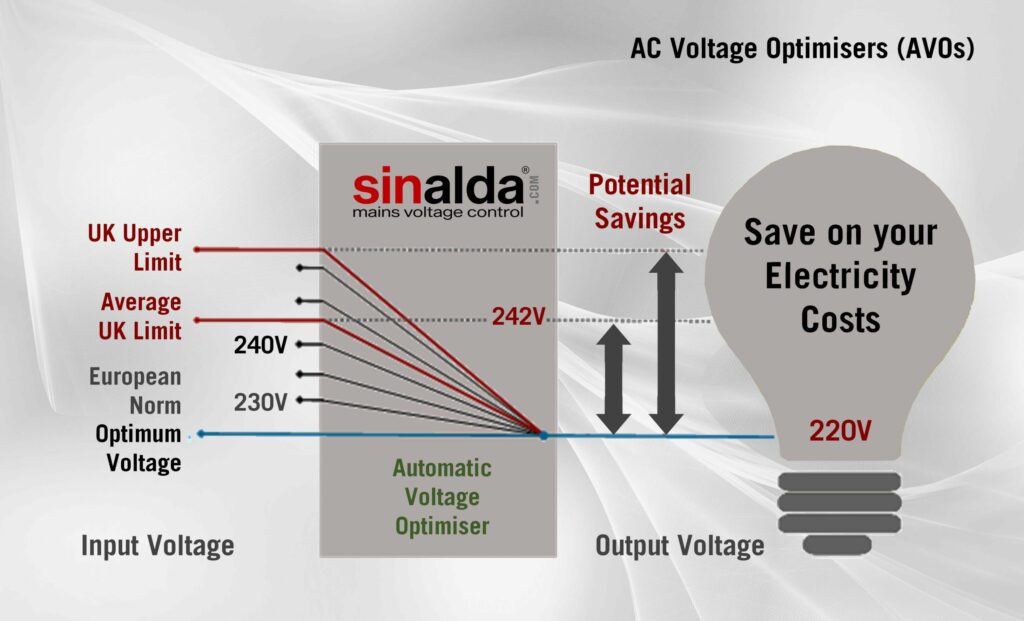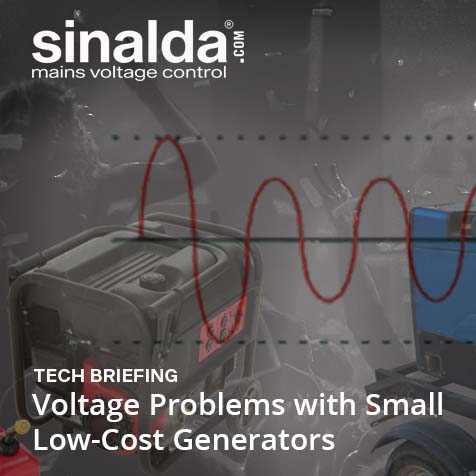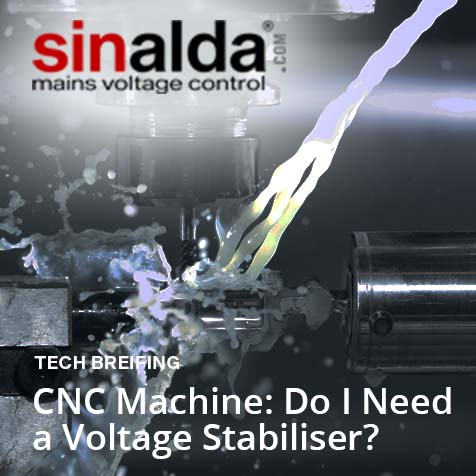Voltage Optimisation – Is a Voltage Optimiser Worth it?
Is a voltage optimiser worth it? Energy-saving by voltage optimisation is a simple matter of reducing the incoming supply voltage from an unnecessarily high level to a lower stabilised voltage level.
The LV supply voltage used throughout Europe, including the UK, has been harmonised since January 2003 at a nominal 230v +10% @ 50 Hz. Formerly 240V in UK and 220V in the rest of Europe,
The declared low voltage and tolerance for an electricity supply in the UK is 230 volts -6%, +10%. This gives an allowed voltage range of 216.2 volts to 253.0 volts. In 1996 the IEE recommended equipment manufacturers allow an additional 4% reduction of supply voltage to consider the internal voltage drop within a consumers site or premises. This was extended within the UK, and it is now generally considered that 230V ‐15% +10% (195.5V to 253.0V) is a more appropriate level to ensure the correct operation of electrical equipment. Manufacturers supplying equipment into the UK and European markets (UKCA & CE marked) must ensure their equipment will function correctly at the extremes ends of these limits.
Despite these changes to the UK statutory supply level, there has not been any significant reduction to our LV supply network level, and the average incoming voltage still stands at 242V; however, it is not unusual to see voltages in excess of 250V, and some sites have recorded voltages of more than 260V. Another point worth considering is that any imbalance of the phase voltages on three-phase loads can cause inefficiency.

Operating equipment at a lower voltage where the load is a fixed impedance or resistance can have benefits by increasing the network’s connection capacity, reducing the network losses, and reducing the amount of energy consumed.
If a 230V rated incandescent lamp is operated at 240V, it will consume 9% more energy than necessary but will only achieve 55% of its expected life.
It would be misleading to suggest that all consumers can achieve the maximum saving as conditions and loads will vary. The loads that can make the most significant savings are fixed impedance loads such as motors, compressors, refrigerators, fluorescent lighting etc., but not controlled heating processes. For example, a 3kW 230V Kettle will require the same amount of energy to heat the water to the desired temperature. Any reduction in the voltage will require the Kettle to be on for longer. However, operating a 230V kettle at 240V will consume 3.27kW, and the operational life of the element will be reduced.
Other loads that are unable to achieve a saving are variable speed drives, electronic ballast lighting, and devices fitted with switch-mode power supplies, which are typically found in office equipment and PCs. However, by working at a lower voltage, equipment operational life will be extended in most cases.
In conclusion, the level of energy savings obtainable by installing a voltage optimiser will depend very much on the nature of the load. So, when looking to install a Voltage Optimiser, it is highly recommended that you survey your load to understand its dynamics. As a result, you should be able to determine the level of the possible energy savings available and hopefully identify where the added benefits from optimising the load equipment’s operational life will be found.
To learn more about our Voltage Optimisers please check out our product listings online at Sinalda.com




